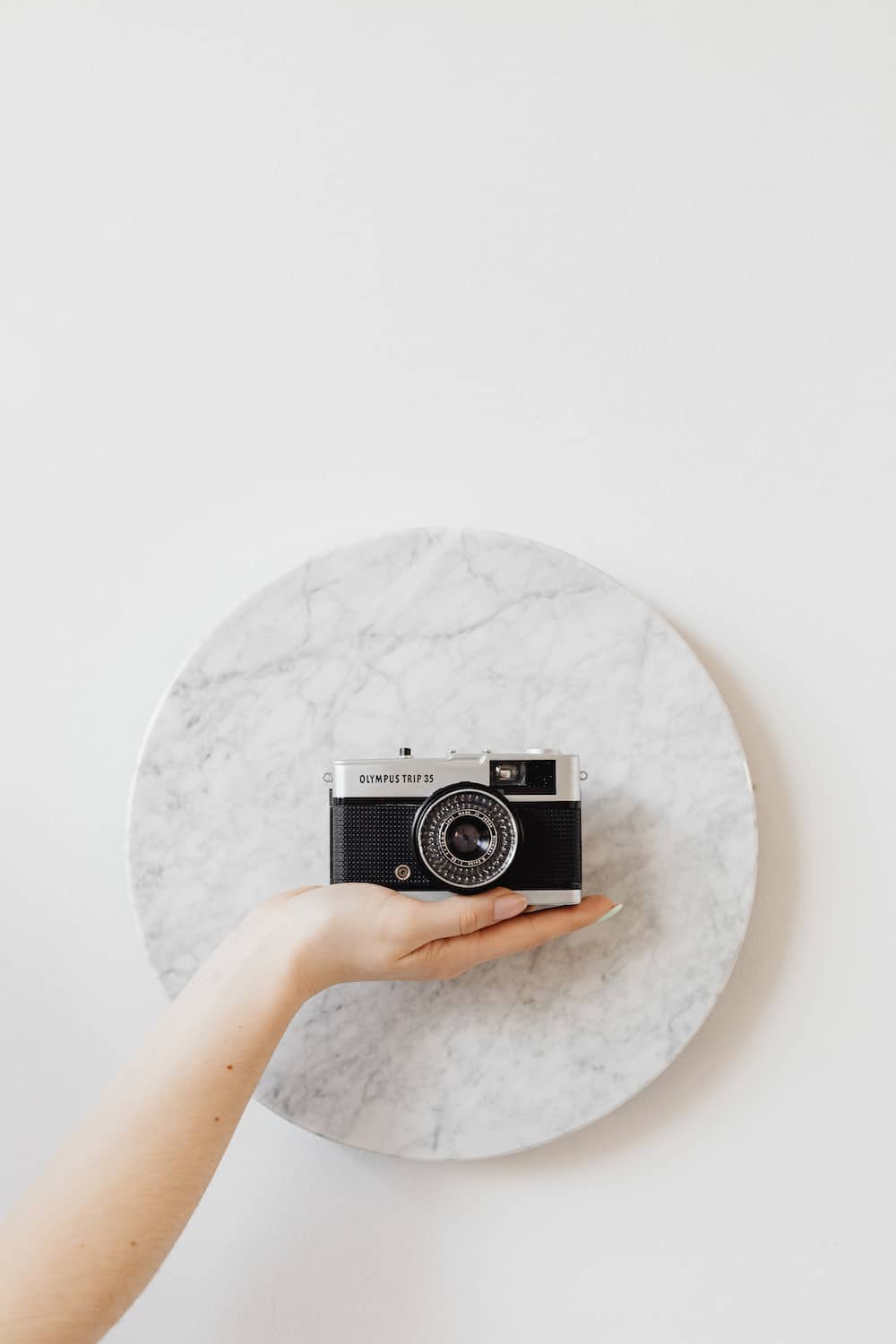As a travel journalist who does the matching editorial travel photography, I’ve learned that the stories we tell are only as compelling as the images that accompany them. It’s not just about the places we go; it’s about the perspectives we share and the moments we immortalize through our photography. Choosing the Best Lens for Travel Photography can make all the difference in transforming your travel memories into stunning works of art.
In this article, we’ll explore the best lens for travel photography, revealing how the right choice can elevate your travel memories from fleeting snapshots to enduring masterpieces. Btw, If you need advice on choosing the best Camera Bag for Travel: These are the 10 Best Camera Bags for Travel in 2024
Whether you’re a seasoned globetrotter or planning your dream getaway, this guide will help you choose the perfect glass to frame your adventures. Let’s dive into the world of optics and unlock the secrets of breathtaking travel photography!
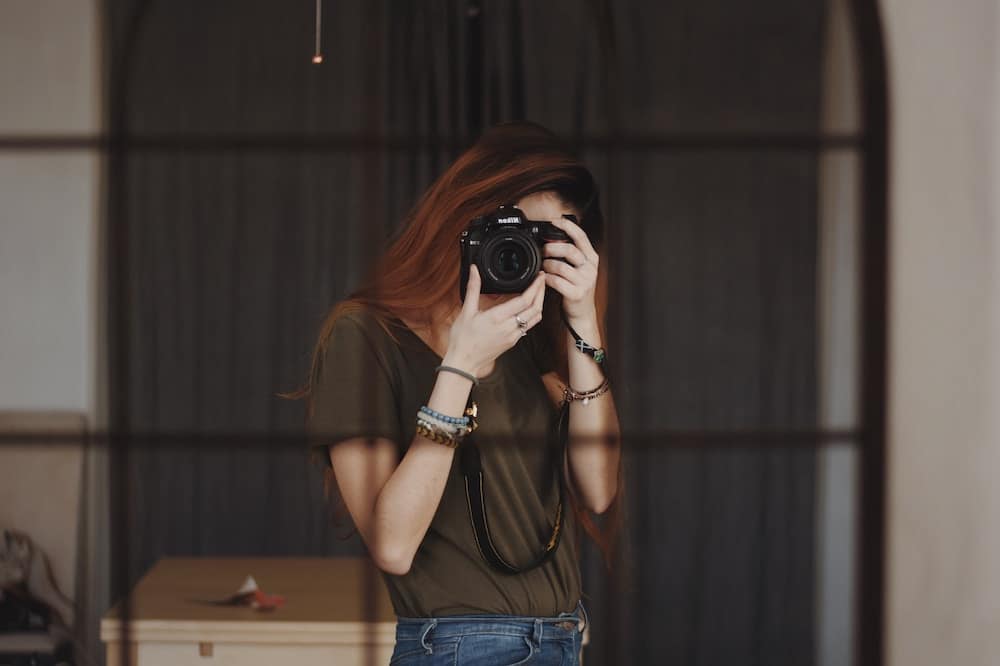
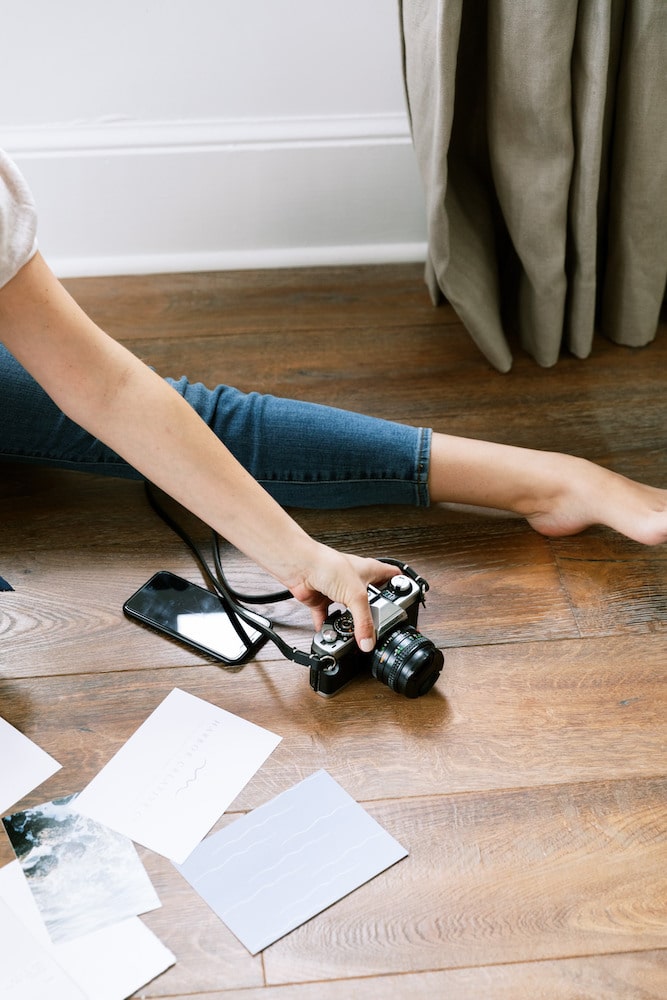
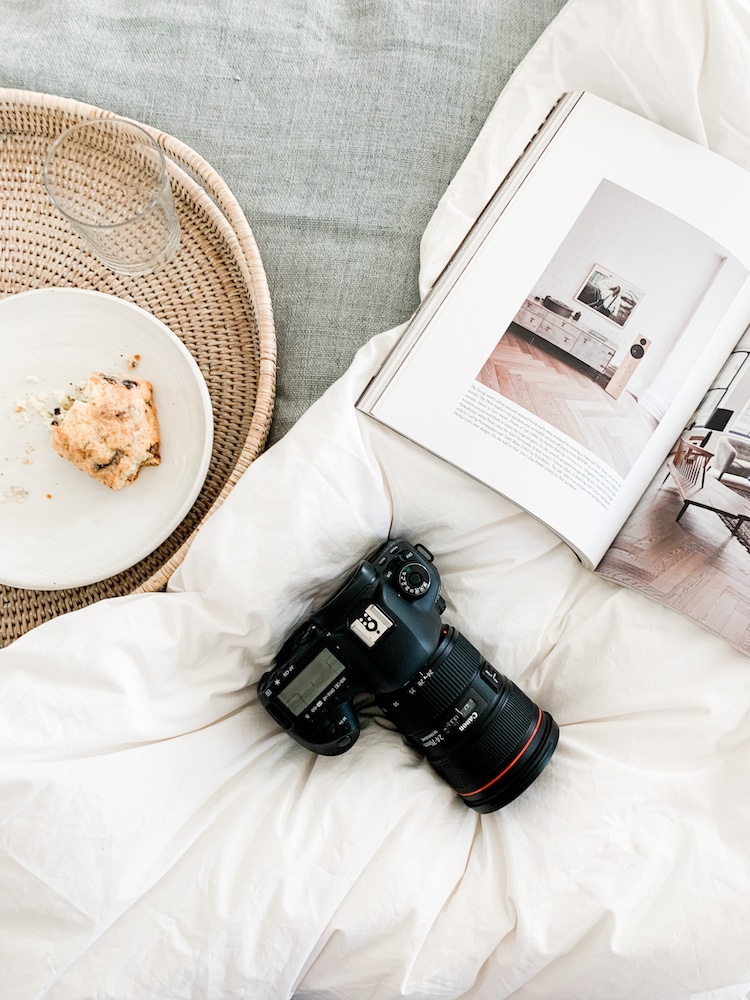
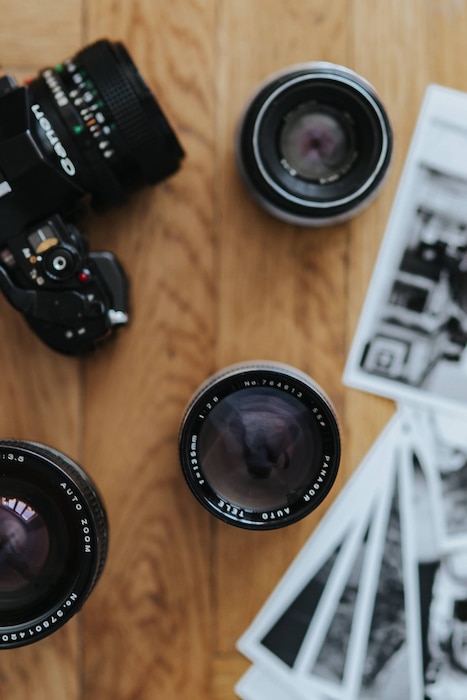
Capturing Wanderlust: Your Essential Guide to the Best Travel Lenses
As a professional travel photographer, I’m frequently asked about camera gear, particularly about the best travel lens. Whether you’ve already invested in an interchangeable lens camera like a mirrorless or DSLR, or you’re considering an upgrade, this guide is for you.
The Importance of Choosing the Best lens for travel photography
Your camera is only as good as the lens it wears, so I’ve put together an updated guide specifically for travel photography lenses. Whether you use a mirrorless or DSLR camera, this guide will help you choose the perfect lens. Each camera system has its own lens compatibility, but this overview will give you valuable insights on what to look for in a travel lens, ensuring you make the right choice for your adventures. Don’t miss out on capturing stunning travel memories with the perfect lens!
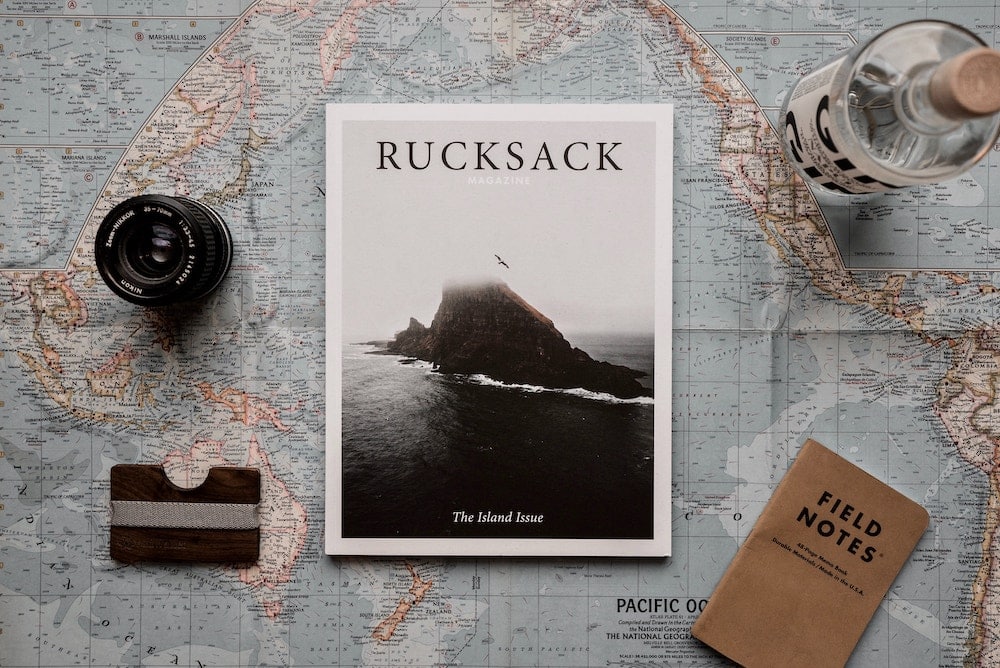
Key Considerations for Choosing the Best Lens for Travel Photography
When selecting the ideal lens for travel photography, several factors must be carefully considered to ensure that your images effectively capture the essence of your journey. Here’s what to think about when picking the best lens for travel photography.
Aperture and Depth of Field: Selecting the Perfect F-Stop
- Aperture: Opt for a wide aperture (e.g., f/1.8 or f/2.8) to excel in low-light conditions and create stunning background blur effects.
- Depth of Field Control: A wide aperture allows you to control the depth of field, enabling you to isolate subjects and create artistic, dreamy backgrounds.
- Versatility: Consider lenses with adjustable apertures for flexibility in various lighting scenarios, from capturing starry night skies to well-lit landscapes.
In summary, a fast lens with a low aperture enhances your travel photography by offering superior low-light performance, artistic control, subject isolation, and versatility across various travel scenarios. It empowers you to capture stunning images with clarity and creativity, adding depth and visual impact to your travel portfolio.
Image Stabilization: Achieving Steady Shots on the Move
- Steady Shots: Image stabilization technology minimizes the impact of camera shake, ensuring your travel photos remain sharp and clear.
- On-the-Go Photography: When exploring new destinations, image stabilization becomes invaluable for capturing spontaneous moments without the need for a tripod.
- Video Capabilities: For travel videography, image stabilization is crucial to deliver smooth, professional-quality footage, even while in motion.
- Weight and Size: Finding the Right Balance Between Portability and Quality
- Portability: Opt for a lightweight lens that won’t weigh you down during long journeys or hikes, enhancing your overall travel experience.
- Backpack-Friendly: Compact and appropriately sized lenses easily fit into your camera bag or backpack, saving space for other essential gear.
- Quality Concerns: While considering portability, remember that compact size should not compromise image quality; seek lenses that balance both aspects effectively.
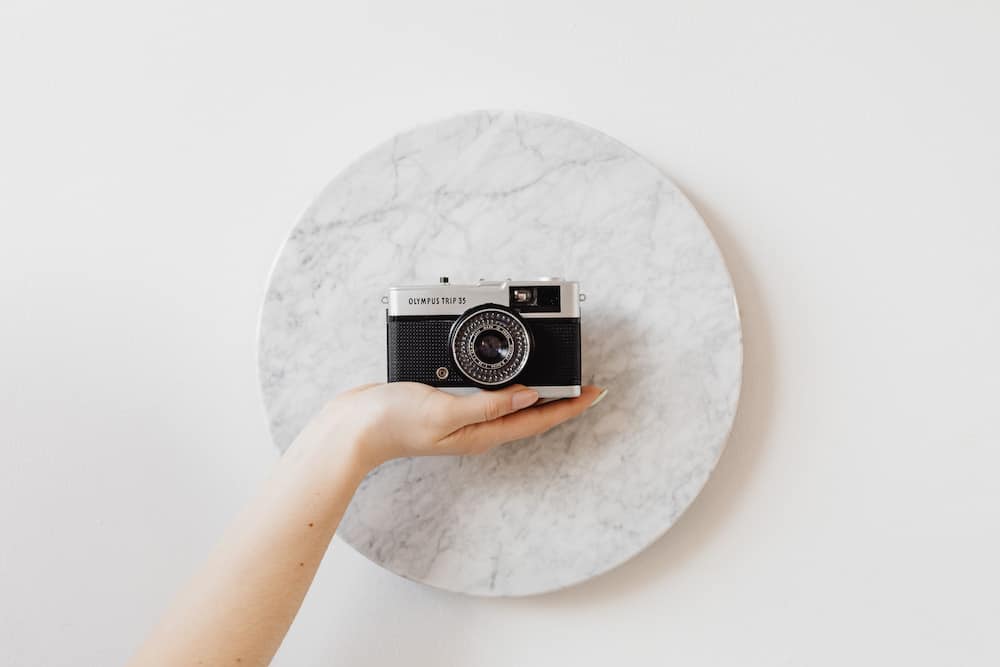
Mount Compatibility
Mount compatibility refers to whether a lens can be attached to your specific camera body. It’s essential to ensure that the lens and camera are compatible, as different manufacturers use distinct mounts.
Incompatibility in this aspect can result in the lens not fitting or functioning correctly on your camera, rendering it unusable for your travel photography needs.
To avoid issues, always check for compatibility and ensure that the lens you choose is designed to work seamlessly with your camera’s mount, ensuring a perfect fit and optimal performance during your travels.
Zoom Lenses vs. Prime Lenses: Which type is the best lens for travel photography?
Before determining which lens suits your needs best, it’s essential to understand the distinct characteristics of each lens type.
Prime Lenses:
- Fixed Focal Length: Prime lenses have a fixed focal length, which means they cannot zoom in or out.
- Low-Light Excellence: They excel in low-light conditions, producing higher-quality images with less noise.
- Simplicity and Affordability: Prime lenses are relatively simple in construction, making them more affordable compared to zoom lenses.
- Superior Sharpness: These lenses often deliver exceptional sharpness and a high level of detail, appealing to photography enthusiasts.
- Lightweight: Prime lenses tend to be lighter than zoom lenses, which can be advantageous for travel.
- Creative Challenge: However, using a prime lens requires you to physically move to change your framing, encouraging creativity in your photography.
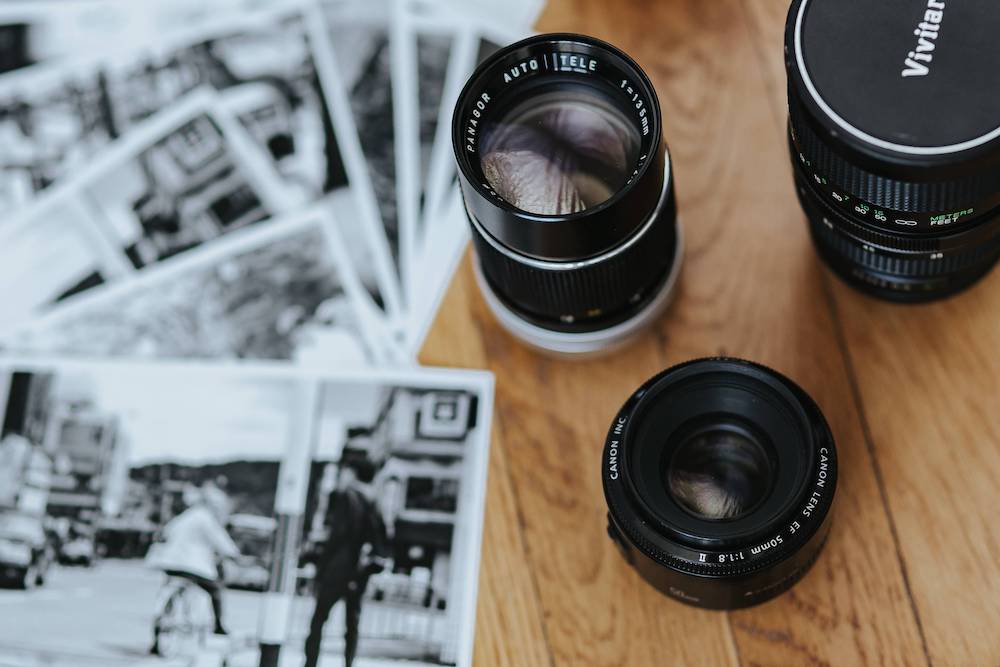
Zoom Lenses:
- Variable Focal Length: Zoom lenses have a variable focal length, allowing you to zoom in and out without changing lenses.
- Versatility: They come in wide-angle, universal, and telephoto variants, offering versatility in framing your shots.
- Correctable Flaws: Some zoom lenses may exhibit barreling distortion, but this can often be corrected in post-processing.
- Trade-offs: Zoom lenses may not match prime lenses in terms of sharpness and image quality due to their complex design.
- Higher Cost: Their intricate construction can result in a higher price point compared to prime lenses.
Are prime lenses suitable for versatile travel photography, or are zooms better?
Both prime and zoom lenses have their advantages and drawbacks, catering to different budgets and photographic requirements. After considering these factors, you can make an informed choice to select the lens that best suits your specific needs and preferences in photography.
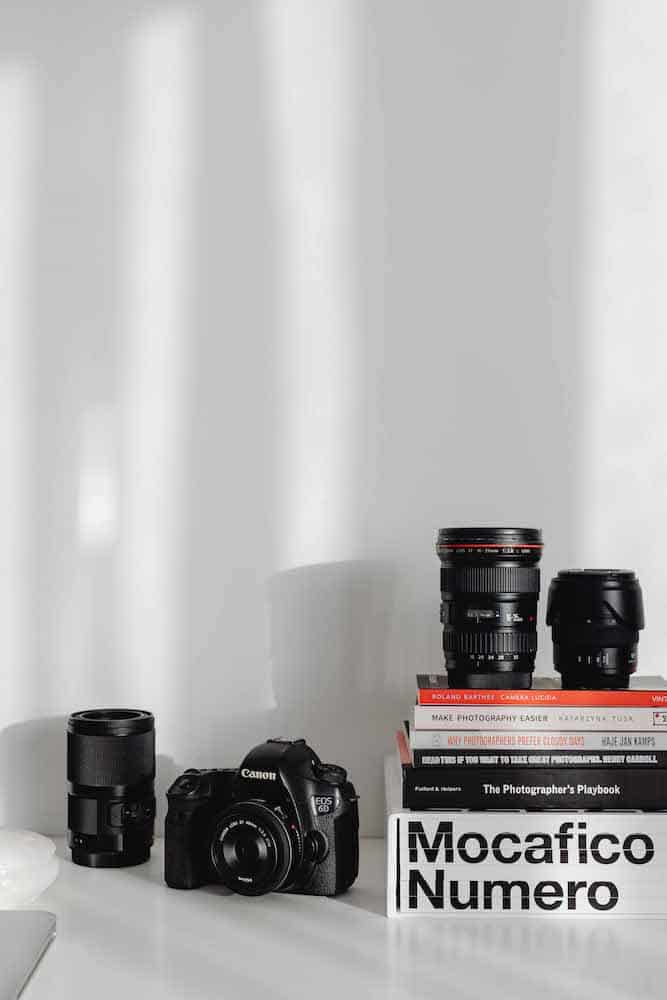
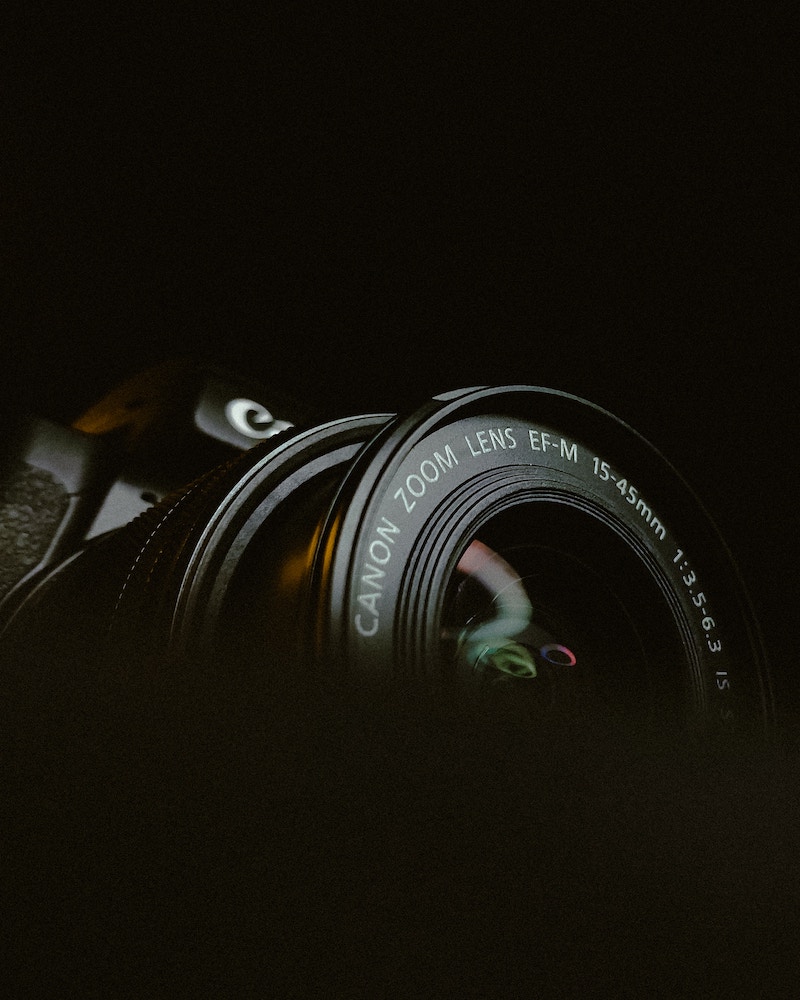
Wide-Angle Lenses: Ideal for Immersive Landscape and Urban Photography
A wide-angle lens, characterized by its short focal length and expansive field of view, offers several notable features:
- Comprehensive Scene Capture: Wide-angle lenses enable you to encompass a vast portion of the scene, capturing intricate details that a standard lens might miss. They are perfect for expansive landscapes and cityscapes.
- Effortless Focus: Achieving precise focus becomes less of a concern with wide-angle lenses. They maintain a broad depth of field, ensuring that objects remain in focus even while you’re on the move.
- Subject Emphasis: These lenses create a compelling presence effect, making the primary subject stand out prominently. It provides a sense of immersion as if you are right there capturing every moment.
- Versatile for Small Subjects: Wide-angle lenses can cover a generous surrounding area, making them well-suited for photographing smaller subjects within their broader context.
- Outstanding Definition and Sharpness: These lenses typically deliver exceptional image clarity and sharpness, rendering intricate textures and details vividly.
- Perspective Control: Wide angles allow you to manipulate the convergence of vertical lines, ideal for emphasizing the height of buildings or showcasing the canopy of trees. However, using the wrong angle can distort perspective and create unconventional compositions.
For photographers whose objectives align with these characteristics, exploring the possibilities of a wide-angle lens can yield remarkable results in various photography scenarios.
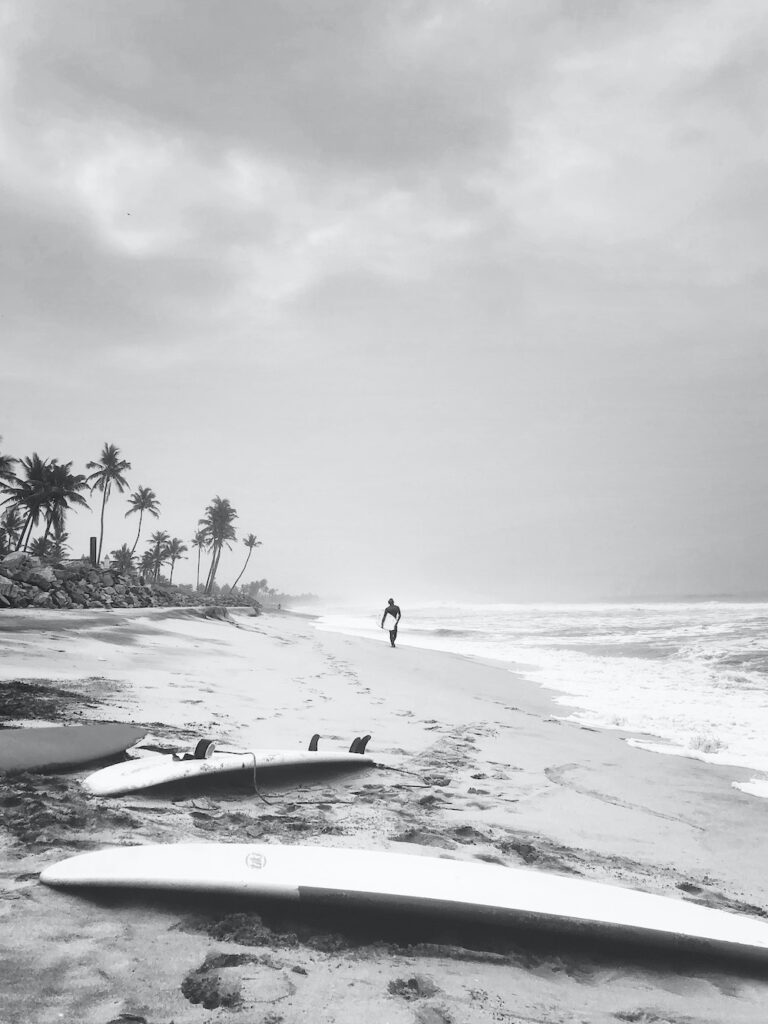
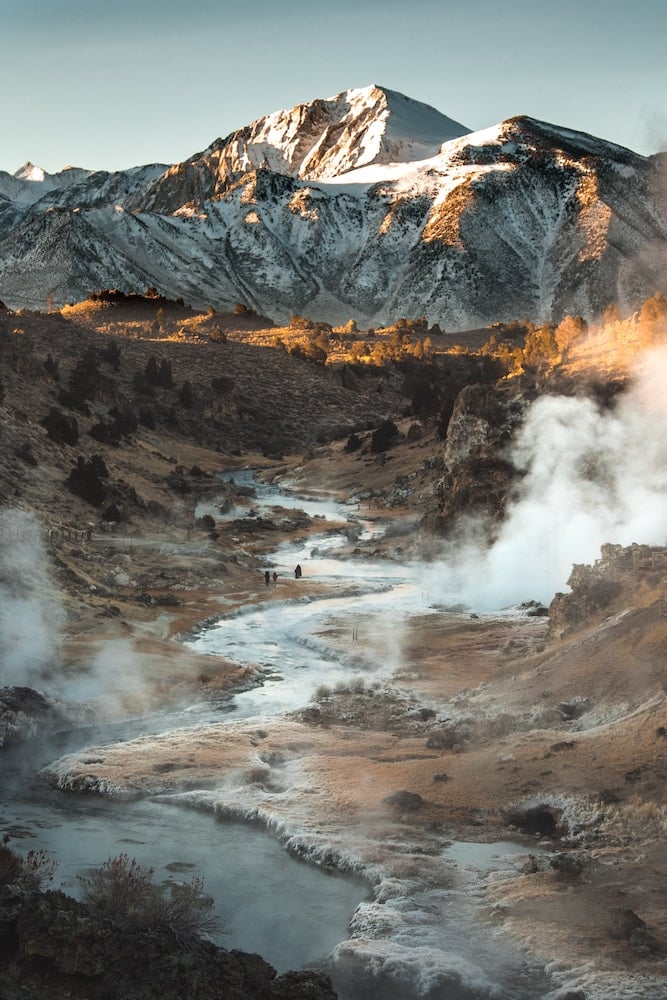
Telephoto Lenses: Perfect for Capturing Distant Subjects and Portraiture
Telephoto lenses offer an exceptional capability to isolate image details with precision, making them a versatile choice for a variety of photographic scenarios.
Key Features of Telephoto Lenses:
Precise Perspective Control: Telephoto lenses excel at maintaining the correct size relationship between distant and nearby objects within the frame. This feature ensures that subjects appear true to scale, preserving the nuances of distant scenes.
Image Stability: When mounted on a tripod, telephoto lenses allow for steady, shake-free captures. This eliminates the risk of image blurring, especially in situations where extended exposure times are necessary for low-light conditions or panoramic shots.
Panoramic Excellence: Telephoto lenses can be effectively employed for panoramic photography, offering exceptional detail and clarity in each frame. They are particularly advantageous when capturing expansive vistas from elevated viewpoints, resulting in breathtaking panoramic compositions.
Portrait Perfection: Telephoto lenses are renowned for their prowess in portrait photography. They excel at isolating the subject, allowing the model’s face to stand out prominently against a beautifully blurred background. This pleasing background bokeh creates an aesthetic separation between the subject and their surroundings, enhancing the overall portrait appeal.
Versatile Applications: Telephoto lenses are not limited to a single genre. They find utility in various photographic styles, including street photography, where their focal length allows for capturing distant subjects discreetly. Furthermore, they are equally well-suited for landscape photography, thanks to their ability to render distant landscapes with exceptional clarity and natural proportions.
In sum, the versatile angle of view offered by telephoto lenses makes them a valuable tool for photographers looking to capture distant subjects with precision, create stunning portraits, or explore a wide range of other photographic genres. Their ability to maintain correct proportions and deliver outstanding image quality makes them an essential addition to any photographer’s kit.
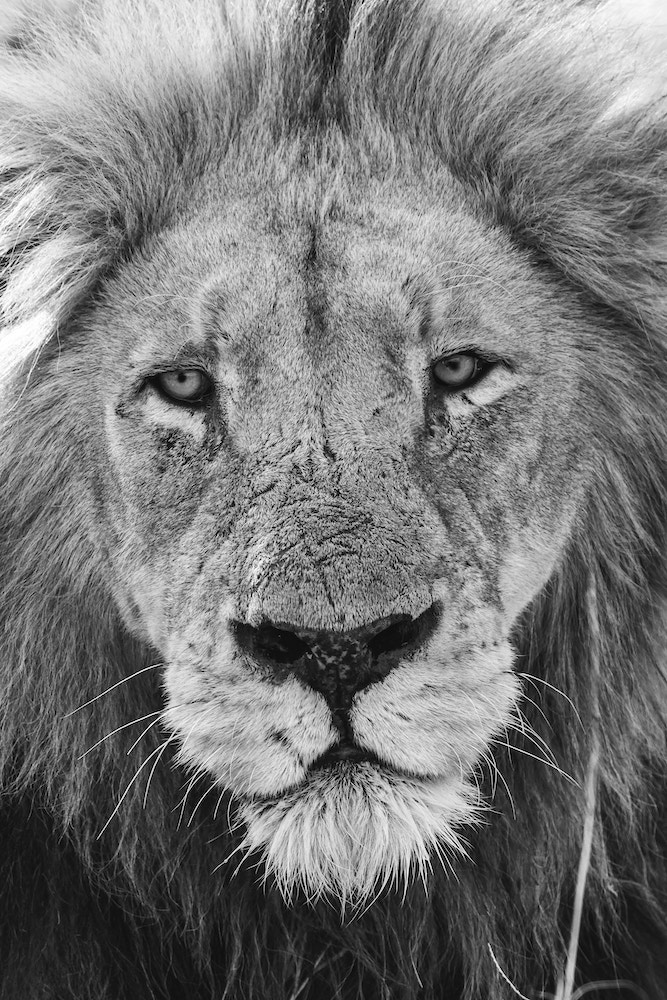

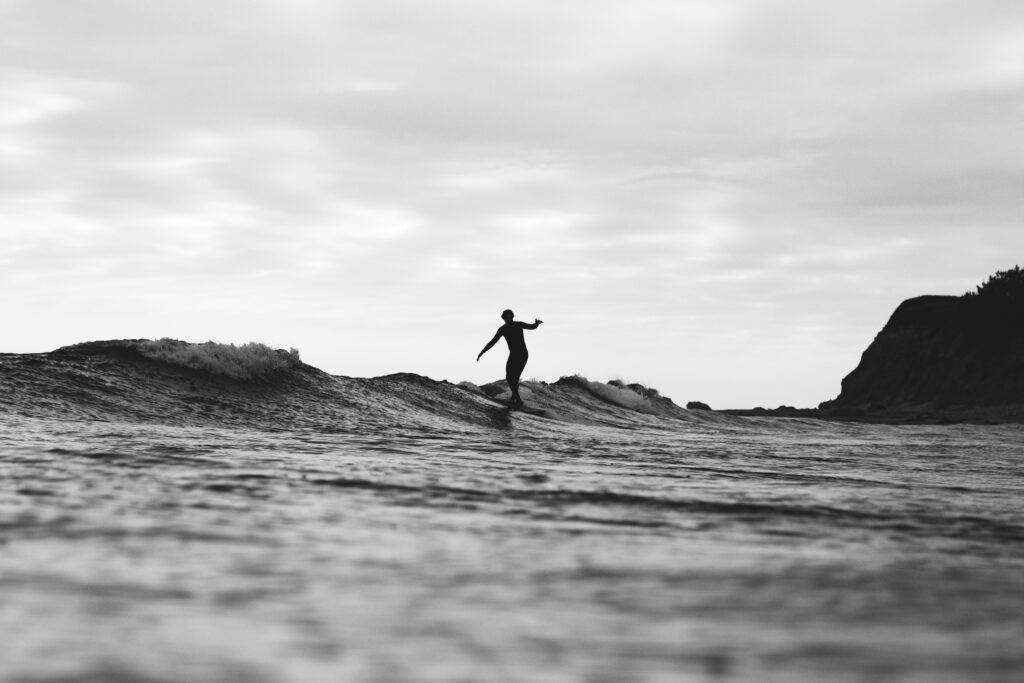
Finding the Right Lens Investment: Tailoring Your Budget to Your Travel Photography Goals
When contemplating how much to invest in a camera lens for travel photography, price considerations vary significantly depending on your experience level and specific needs.
Beginners or hobbyists: there’s a wide range of affordable lenses that can deliver impressive results, typically ranging from $100 to $500. These options often offer good image quality and versatility for general travel photography.
Intermediate photographers: Look for more advanced features and improved image quality, can expect to spend between $500 and $1,500 on a lens. This price range often includes lenses with wider apertures, better build quality, and enhanced optical performance, making them suitable for capturing a wider range of creative shots.
Professional photographers or serious enthusiasts: those who are seeking top-tier image quality, durability, and a comprehensive range of features, premium lenses can range from $1,500 to several thousand dollars. These lenses are designed to deliver exceptional performance in various conditions and are often favored by those who demand the utmost in image quality and versatility during their travels.
Ultimately, the decision on how much to spend should align with your skill level, photography goals, and budget. It’s essential to strike a balance between your requirements and financial considerations to find the camera lens that best suits your travel photography needs.
Want to buy second-hand lenses? Watch out for this!
When purchasing second-hand camera lenses, it’s important to be cautious to ensure you’re getting a quality product. I bought half of my gear second-hand when I first started with photography. Here are five tips to watch out for:
- Inspect the Lens Glass: Carefully examine the lens glass for scratches, dust, or fungus. Minor cosmetic imperfections may not significantly affect image quality, but serious damage or fungal growth can be detrimental. Use a flashlight to check the internal elements and look for any abnormalities.
- Test Autofocus and Manual Focus: Check the lens’s autofocus and manual focus mechanisms. Ensure they work smoothly and accurately. Test the autofocus by focusing on different subjects at various distances to verify its consistency.
- Check Aperture Blades: Verify that the aperture blades open and close smoothly when you change the aperture settings. Inspect the aperture blades for oil or debris buildup, as this can affect aperture performance.
- Look for Signs of Wear: Examine the lens exterior for signs of wear and tear, including scratches, dents, or loose parts. While cosmetic issues may not affect functionality, they can be indicative of how well the lens has been cared for.
- Request Service Records and Ask Questions: If possible, inquire about the lens’s history and request any service records. Ask the seller about how frequently the lens was used, under what conditions, and whether it has undergone any repairs or maintenance. Sellers who provide transparent information about the lens’s history are more trustworthy.
If you want to see an in-depth video on buying secondhand lenses, I highly suggest you watch THIS.
Buyer Protection policy
Additionally, consider purchasing from reputable sellers or sources, such as camera shops or online marketplaces with buyer protection policies. Always meet in a safe, public location if buying in person, and if buying online, request clear photos of the lens and thoroughly review the seller’s ratings and reviews. Taking these precautions can help ensure a satisfactory purchase of a second-hand camera lens.
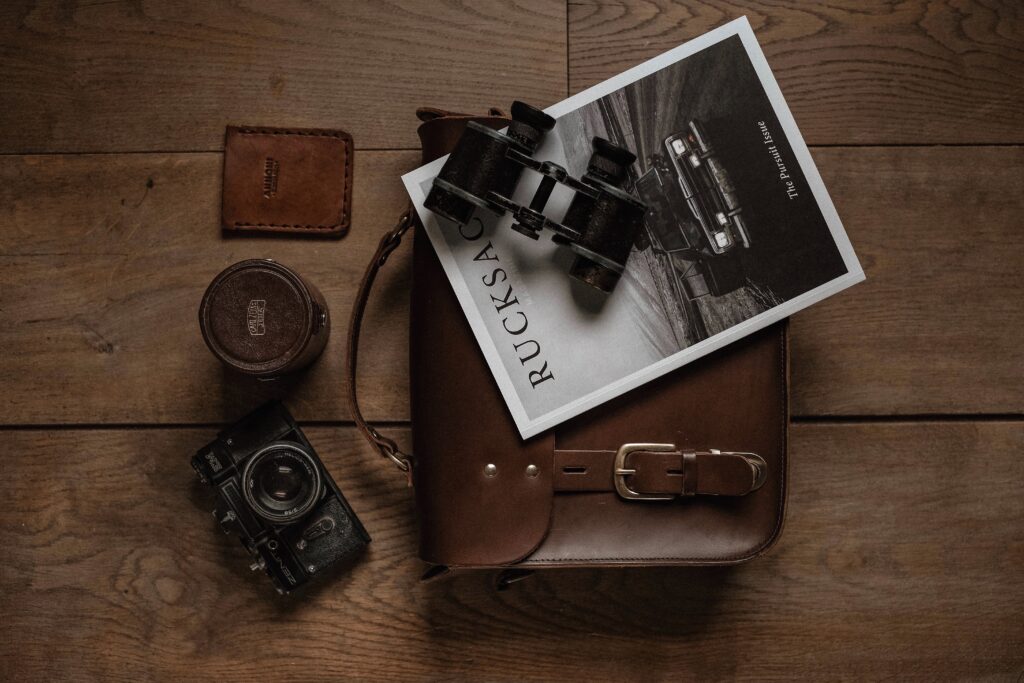
What lens accessories should I consider for travel photography?
When it comes to travel photography, having the right equipment can significantly enhance your photo-taking experience and the quality of your shots. While some photographers can make do with just a smartphone, here’s a comprehensive list of essential gear and accessories for travel photographers:
Must-have items
A Reliable Tripod: A sturdy and compact tripod is indispensable for achieving clear and stable shots. It’s crucial for long-exposure photography and bracketing, facilitating high-quality post-processing. The only tripod that stands the test of time in my opinion worth it is the Peak Design Travel Tripod.
Camera Bag: A versatile camera bag helps you organize and protect your equipment, including extra lenses, filters, batteries, and cables. This one is my favorite. If you want to see what’s currently in my camera bag, make sure you read: Camera Bag Essentials: Gear + lenses I use
Memory Cards and Card Readers: Always bring spare memory cards and card readers to avoid running out of storage space. This ensures you never miss capturing beautiful moments during your travels. No one knows if you are going to take 30 pictures or 1,000, so you need to be prepared for both. Having enough memory cards will keep you from losing beautiful pictures. Currently, I only use these Lexar Pro cards. I find them great and fast enough for both, photography and videography.
Batteries and Chargers: Ensure you have an adequate supply of batteries and a charger. Unforeseen power shortages won’t disrupt your photography if you’re well-prepared. I usually pack 4 of them with me.
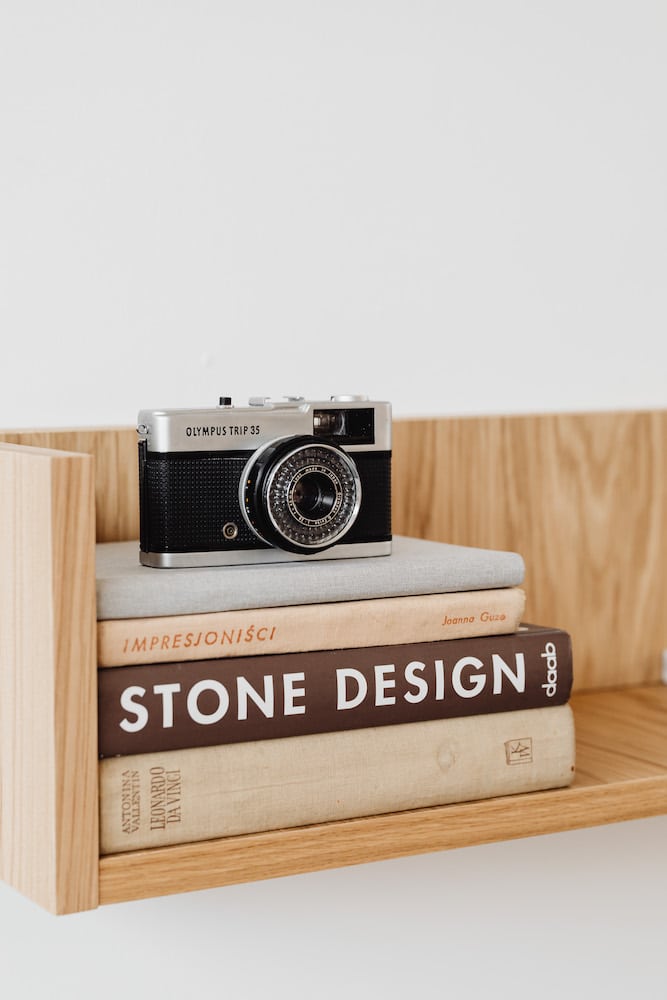
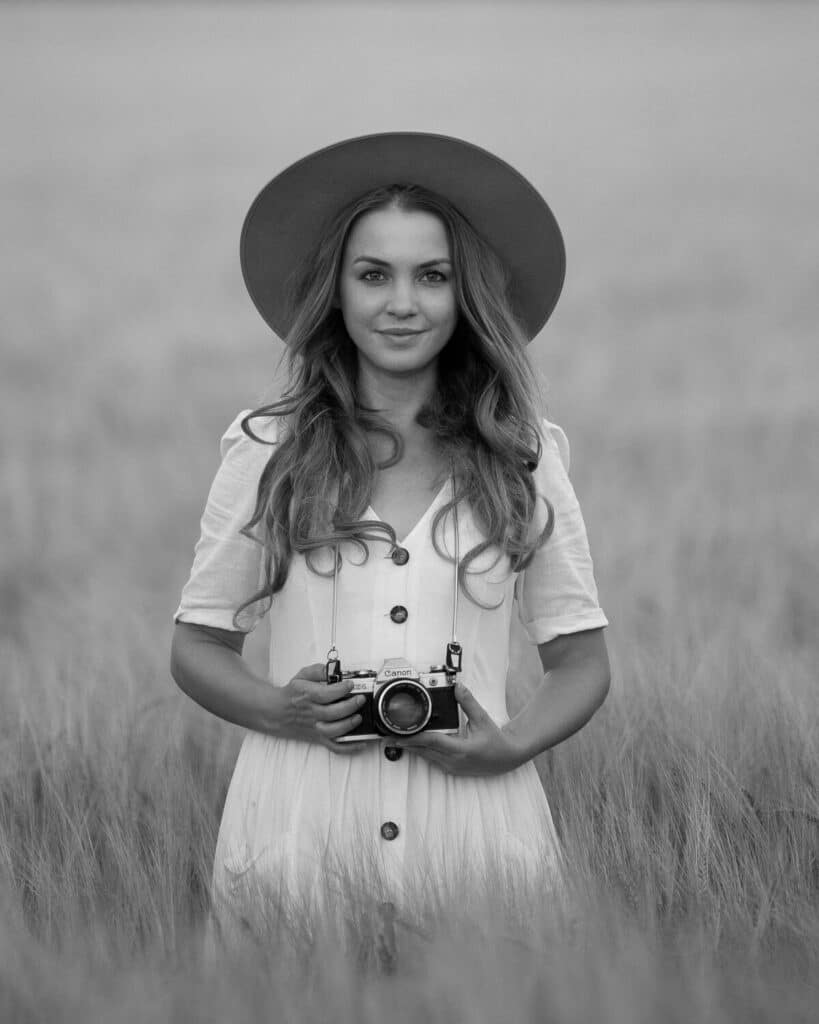
Extra’s to get in the long run
SD card case: an essential accessory for photographers and videographers who rely on SD cards to store their precious memories and creative work. These compact and durable cases are designed to securely store multiple SD cards, protecting them from dust, moisture, and physical damage. I got THIS one ages ago and it’s my favorite one to use.
Filters: While not always necessary, filters can add artistic effects to your photos. Consider investing in filters, such as ND or polarizing filters, to enhance your photography. If you can splurge, I’d suggest checking out THESE by Peter McKinnon.
Camera Cleaning Tools: Dust and dirt are common travel nuisances. Carry microfiber cloths and a blower to keep your camera and lenses clean. Even lenses with dirt-repellent coatings need occasional cleaning.
Fun to have have
Various Cables: Pack extra cables for your camera and other devices. Having backups can be a lifesaver in case of loss or damage during your journey.
Versatile Travel Lenses: Instead of carrying a whole bag of lenses, opt for 1-3 lenses with sufficient zoom range. Wide-angle and super-zoom lenses are often preferred for their adaptability to various travel scenes.
Rain Protection: Weather-resistant covers or bags can safeguard your camera and lenses from rain or adverse weather conditions.
Maybe one day
Lighting Equipment: Depending on your photography style, you may want to bring lighting equipment, such as flash or portable LED lights, for creative lighting control.
Extra Lenses: Consider additional lenses if your travel plans involve specific photography genres like architecture or wildlife. Compact prime lenses or specialized lenses can enhance your creative options.
By carefully planning and selecting the right equipment, you can ensure you’re well-prepared to capture the beauty of your travels, whether you’re wandering the streets of a city or exploring the natural wonders of the world.
Best Lens for Travel Photography: Top Picks
Whether you’re using Micro Four-Thirds, Sony, Nikon, or Canon cameras, we’ve compiled a curated list of the top lenses in each category. From versatile all-purpose lenses to budget-friendly options, these recommendations will equip you with the tools needed to tell your travel story with precision and artistry.
The Best Micro Four-Thirds Lens for Travel Photography:
- Panasonic Lumix G Vario 12-35mm f/2.8 II ASPH.
- Olympus M.Zuiko Digital ED 12-40mm f/2.8 PRO.
- Panasonic Leica DG Vario-Elmarit 12-60mm f/2.8-4.0 ASPH.
- Sigma 16mm f/1.4 DC DN Contemporary.
Best Budget Micro Four-Thirds Lens:
- Panasonic Lumix G Vario 14-42mm f/3.5-5.6 II ASPH.
- Olympus M.Zuiko Digital 25mm f/1.8.
- Panasonic Lumix G Vario 45-150mm f/4.0-5.6 ASPH.
- Rokinon 12mm f/2.0 NCS CS.
The Best Mirrorless Lens for Travel Photography for Sony Cameras:
- Sony FE 24-70mm f/2.8 GM.
- Sony FE 16-35mm f/2.8 GM.
- Sony FE 24-105mm f/4 G OSS.
- Sigma 30mm f/1.4 DC DN Contemporary.
Best Budget Mirrorless Lens for Sony:
- Sony FE 50mm f/1.8.
- Sony E 18-135mm f/3.5-5.6 OSS.
- Sigma 16mm f/1.4 DC DN Contemporary.
- Tamron 28-75mm f/2.8 Di III RXD.
The Best DSLR Lens for Travel Photography for Nikon Cameras:
- Nikon AF-S NIKKOR 24-70mm f/2.8E ED VR.
- Nikon AF-S NIKKOR 14-24mm f/2.8G ED.
- Nikon AF-S NIKKOR 70-200mm f/2.8E FL ED VR.
- Sigma 35mm f/1.4 DG HSM Art.
Best Budget DSLR Lens for Nikon:
- Nikon AF-S DX NIKKOR 35mm f/1.8G.
- Nikon AF-P DX NIKKOR 70-300mm f/4.5-6.3G ED VR.
- Tamron SP 70-300mm f/4-5.6 Di VC USD.
- Nikon AF-S DX NIKKOR 10-24mm f/3.5-4.5G ED.
The Best DSLR Lens for Travel Photography for Canon Cameras:
- Canon EF 24-70mm f/2.8L II USM.
- Canon EF 16-35mm f/2.8L III USM.
- Canon EF 70-200mm f/2.8L IS III USM.
- Sigma 50mm f/1.4 DG HSM Art.
Best Budget DSLR Lens for Canon Cameras:
- Canon EF 50mm f/1.8 STM.
- Canon EF-S 55-250mm f/4-5.6 IS STM.
- Tamron SP 35mm f/1.8 Di VC USD.
- Canon EF-S 10-18mm f/4.5-5.6 IS STM.
The Best Mirrorless Lens for Travel Photography for Canon Cameras:
- Canon RF 24-70mm f/2.8L IS USM.
- Canon RF 15-35mm f/2.8L IS USM.
- Canon RF 24-105mm f/4L IS USM.
- Sigma 35mm f/1.4 DG HSM Art (with RF adapter).
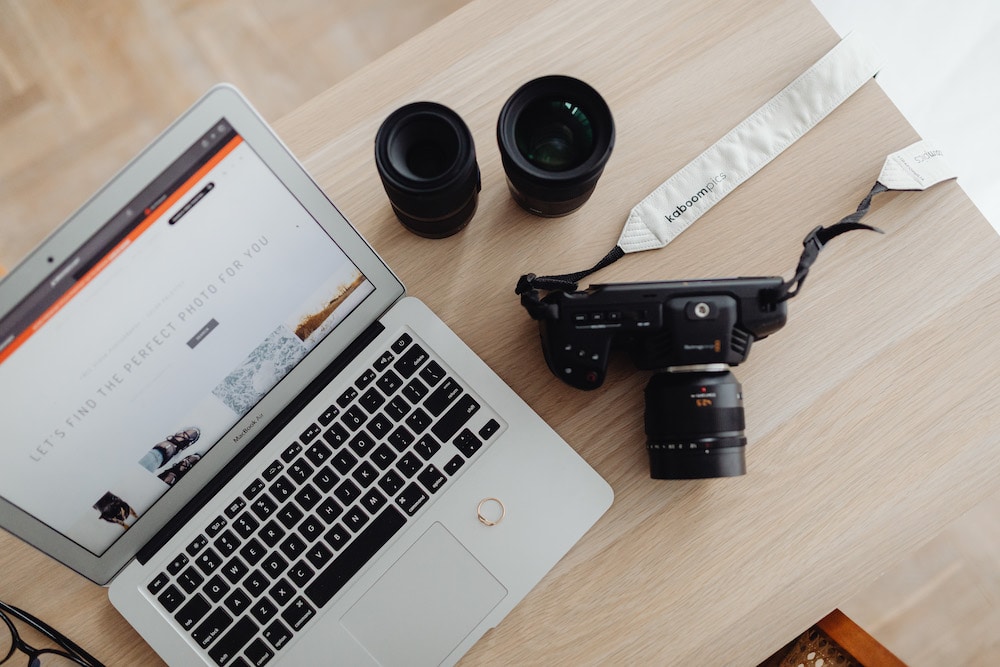
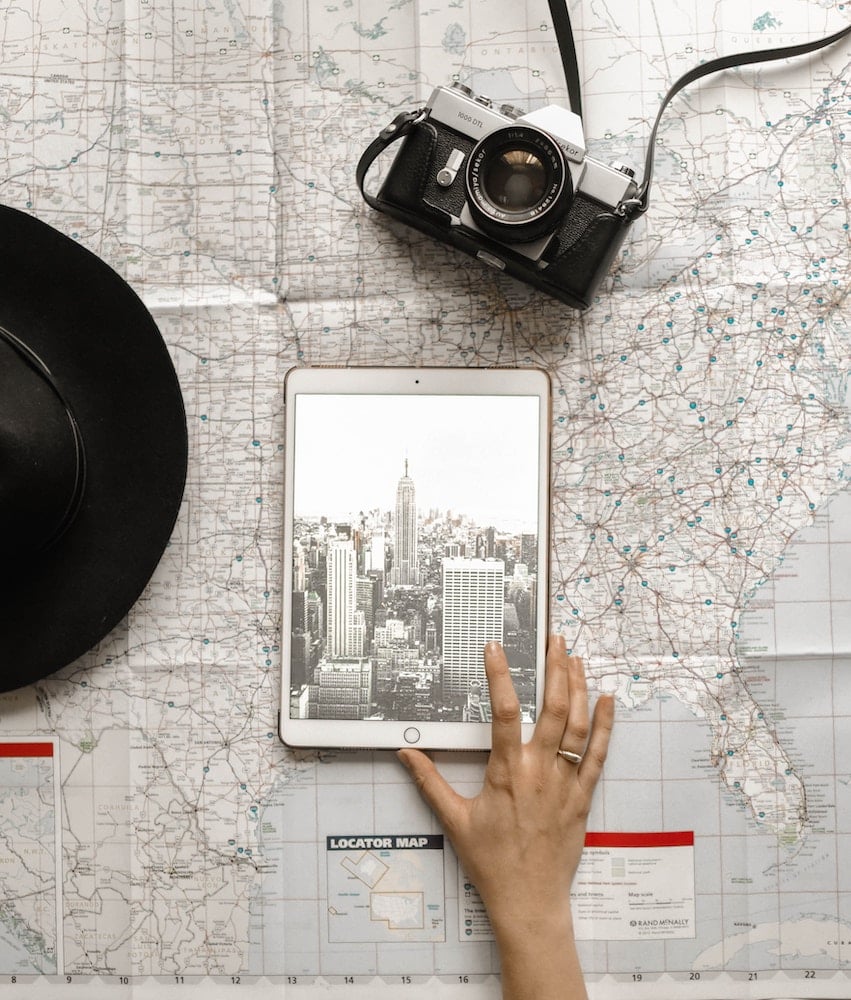
Frequently asked questions
A versatile zoom lens with a moderate focal length range, such as an 18-55mm or 24-105mm, is ideal for general travel photography. It can handle a wide range of situations without the need for frequent lens changes.
Wide-angle lenses, typically in the range of 10-24mm or 16-35mm, are excellent for capturing expansive landscapes and cityscapes while traveling. They allow you to include more of the scenery in your frame.
A telephoto lens, such as a 70-200mm or 100-400mm, is ideal for wildlife photography and capturing distant subjects during your travels. It brings distant objects closer, allowing you to get detailed shots without disturbing the subjects.
Prime lenses with wide apertures (e.g., f/1.8 or f/2.8) can be a great investment for travel photography. They excel in low-light conditions, offer excellent image quality, and are ideal for portraits and artistic shots.
Yes, you can certainly shoot landscapes with a 50mm lens. While 50mm lenses are often associated with portrait photography due to their versatility for capturing subjects with a natural perspective, they can also be used effectively for landscape photography.
Navigating the Lens Selection Journey: Tailoring Your Gear to Your Travel Vision
In conclusion, selecting the best lens for travel photography demands thoughtful consideration of various factors. Your choice should align with your specific shooting preferences, from capturing sweeping landscapes to zooming in on distant subjects or creating stunning portraits.
Features like aperture, focal length, image stabilization, weight, size, and mount compatibility all play vital roles in determining the lens that best suits your travel adventures. Whether you opt for the versatility of a zoom lens, the creativity of a prime lens, the expansiveness of a wide-angle lens, or the precision of a telephoto lens, remember that your choice ultimately hinges on your unique vision and the moments you wish to immortalize.
Are you interested in Content Creation? Keep Reading!
If you like content creation and want to dig into expending your camera gear, make sure you check out:
10 Best Apps to Make Collages for Instagram Stories
Best Typography Apps for Instagram Stories
The 50 Best Travel Books for Wanderlust Lovers in 2024
These are the Best Luxury Coffee Table Books for 2024
